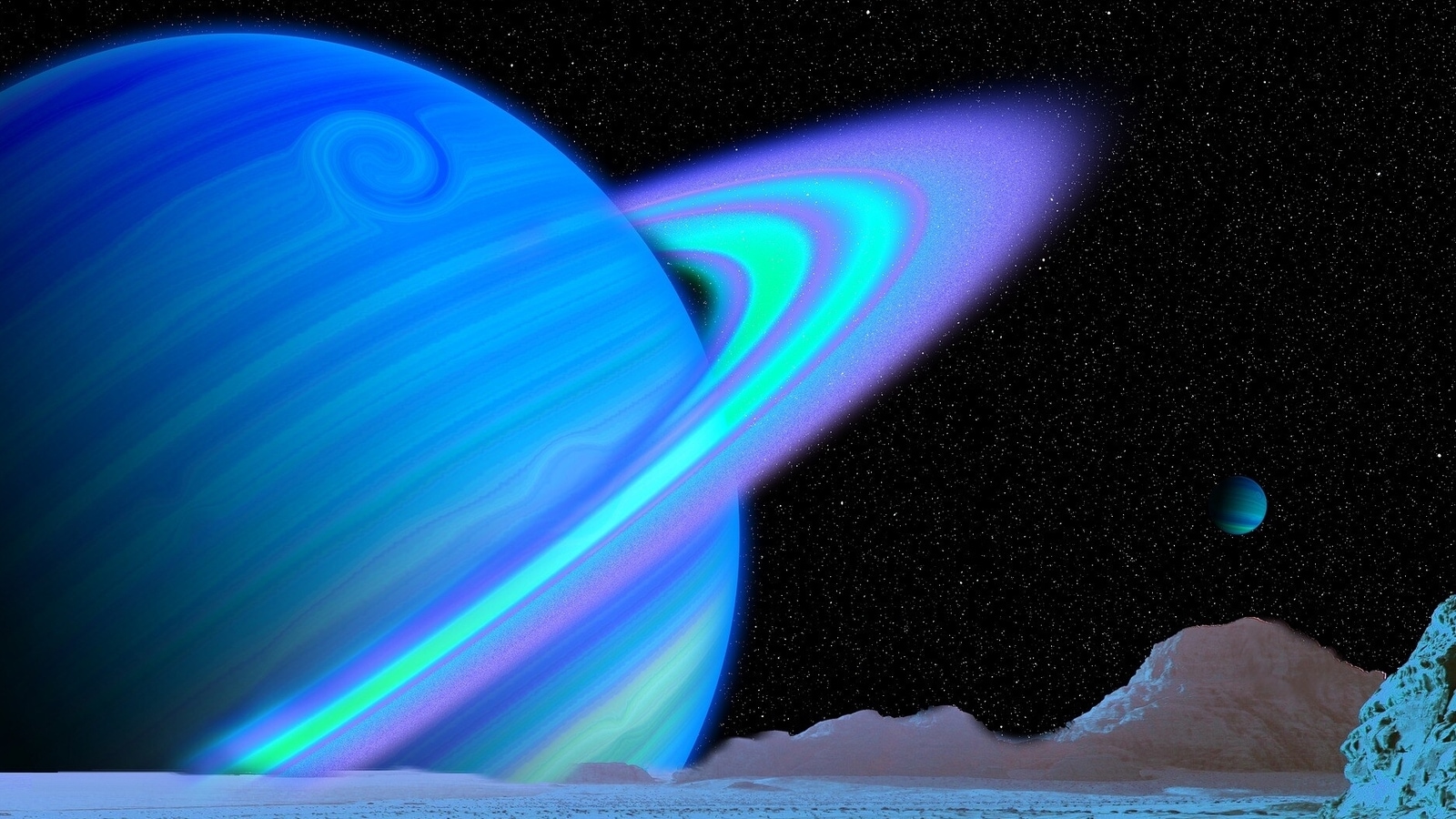There is another Earth in our solar system? Scientists find shocking evidence near Saturn!
While scientists have spent so much time looking for another Earth in different galaxies, it turns out that Earth 2.0 might be within our solar system itself. The Moon of Saturn reveals shocking truth.

At the mere mention of the solar system, a very high percentage of people will be interested in the planet Saturn. Why? Because of its enormous and distinct rings. With 82 moons, Saturn attracts the public eye for its features. And now it is being revealed by scientists that Titan, the largest Moon of Saturn, might just be another Earth! Yes, you read that right. Titan looks quite similar to our planet. And new research shows that Titan consists of landscapes whose formation can be credited to a global sand cycle which is driven by seasons. Additionally, it has a number of lakes, rivers and seas which are filled up by the rain that is coming through the atmosphere. What is interesting here is, these water bodies do not have the materials that are usually found in the rivers on Earth.
Researchers led by geologist Mathieu Lapotre from Stanford University brought light to the information on the formation of dunes, plains and labyrinth terrains on Saturn. The liquid methane is responsible for the icy surface of the moon whereas nitrogen winds are responsible for hydrocarbon sand dunes. This research shows how the movement of grains on Titan's surface is driven.
Another Earth in our solar system: Titan, Moon of Saturn, shows the way
“Our model adds a unifying framework that allows us to understand how all of these sedimentary environments work together. If we understand how the different pieces of the puzzle fit together and their mechanics, then we can start using the landforms left behind by those sedimentary processes to say something about the climate or the geological history of Titan and how they could impact the prospect for life on Titan,” Lapotre, an assistant professor of geological sciences at Stanford's School of Earth, Energy & Environmental Sciences said in a statement.
This research found that, by analysing sediments on our planet, called ooids, consists of small and spherical grains, which can also be found in tropical places like the Bahamas. The sediments form when calcium carbonate is spelled out from the water columns and pins in layers around the grains.
“We were able to resolve the paradox of why there could have been sand dunes on Titan for so long even though the materials are very weak," stated the researcher. The conclusion that was drawn is that the grains fuse together to hold off the effect of winds and hence are able to hold themselves. Further, the team combines the climate and direction of sediment transportation on Titan with their model. This ended up on the note of the existence of landscapes on the surface.
“We're showing that on Titan just like on Earth and what used to be the case on Mars we have an active sedimentary cycle that can explain the latitudinal distribution of landscapes. It's pretty fascinating to think about how there's this alternative world so far out there, where things are so different, yet so similar,” stated Lapotre.
Catch all the Latest Tech News, Mobile News, Laptop News, Gaming news, Wearables News , How To News, also keep up with us on Whatsapp channel,Twitter, Facebook, Google News, and Instagram. For our latest videos, subscribe to our YouTube channel.





























